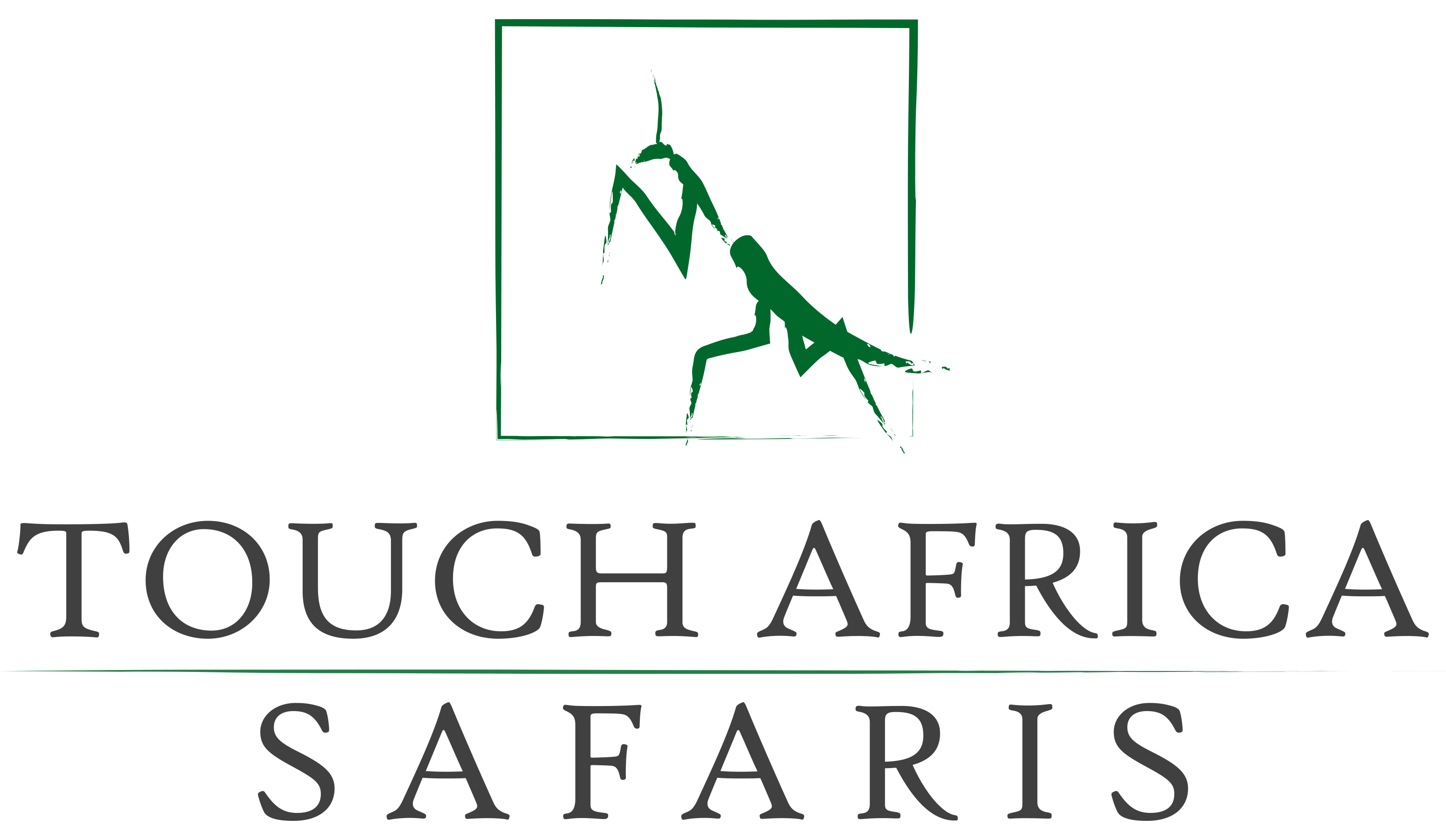Kruger National Park, South Africa – General Information
The world renowned Kruger National Park offers a wildlife experience that ranks with the best in the world. Established in 1899 to protect the wildlife of the South African Lowveld, this national park of over 2 million hectares, is unrivaled in the diversity of its life forms and a world leader in advanced environmental management techniques and policies. Combined with the Limpopo Transfrontier Park in Mozambique, the area covers nearly 3 million hectares!
Kruger National Park Entry Fees
Truly the flagship of the South African National Parks, Kruger hosts incredible biodiversity including:
477 bird species
336 tree species
147 varieties of mammal
114 different reptiles
49 fish species
34 types of amphibian
The Kruger National Park lies on the eastern border of the Republic of South Africa. Part of the park falls within the borders of Mpumalanga Province, and the rest in Limpopo Province. The eastern border of the park forms the border with Mozambique, and in the north the park borders on Zimbabwe. The newly-created Limpopo Transfrontier Park has added a considerable area onto Kruger, but is still relatively undeveloped.
There are 8 entrance gates – the closest to Johannesburg is approx 450km from the city.
Climate:
The climate is subtropical with hot summers and warm, dry winters. Summer rains fall between October and March. Early mornings in the winter can be VERY cold – so take warm clothes.
Accommodation:
Accommodation is offered in a variety of restcamps. These camps vary in size from very small “Bushveld Camps” (only 7 to 15 accommodation units in total), to large restcamps housing several hundred people. All the major camps have electricity, a first-aid centre, shop and restaurant or cafeteria, petrol station and public telephones.
The small bushcamps only have accommodation facilities. These do also have electricity.
Roads:
There are good tourist roads in the park – the speed limit on gravel is 40km/h – on tar 50km/h. In total there is approximately 2000km of road accessible to the tourist. We advise you to buy a Kruger National Park Map – these are available at all the entry gates and shops. All the intersections are signposted with distances to next camp, picnic sites or gates.
If you are planning your own self-drive trip to the Kruger National Park – a good way to plan your day in the park is to allow for an average travelling speed of 30km/h.
Restaurants:
Please note that not all camps have restaurants.
Most camps with restaurants also have a cafeteria.
Shops:
Please note that not all camps have shops.
Breakfast 07:00 – 09:00
Lunch 12:00 – 14:00
Dinner 18:00 – 21:00
